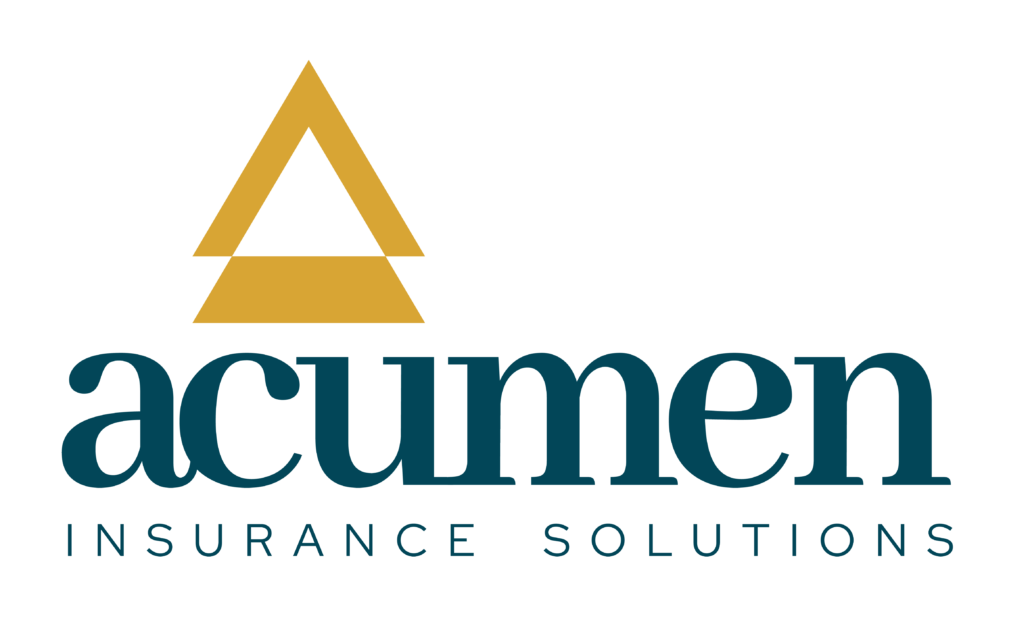Permanent Life Insurance: What Options Are Available to You?
When it comes to life insurance, there are two main categories: Term life insurance and permanent life insurance. Today, David Jacobs, J.D., Principal at Acumen Insurance Solutions will be discussing permanent life insurance; more specifically, what options are available to you?
Let’s dive in.
What is Life Insurance?
First things first, what is life insurance?
Life insurance is a contract between a policy owner and a life insurance company. In this contract, the life insurance company promises to pay a designated beneficiary a death benefit upon the passing of the insured.
As we mentioned, when it comes to life insurance, there are two main categories: term life insurance and permanent life insurance. Remember that, no matter which type you own, the death benefit is generally paid income tax-free to the beneficiaries.
Now, let’s focus on the different types of permanent life insurance options available.
Permanent Life Insurance: The Basics
Permanent life insurance, sometimes also referred to as whole life insurance, is designed to last for your lifetime, not just for a period of years. Since it’s designed to last for your entire lifetime, permanent life insurance is more expensive than term.
Permanent life insurance has the benefit of lasting longer than term, with premium flexibility and a cash value. The cash value is tax-advantaged and serves as a living benefit that the policy owner can access for any reason before the insured has died.
Three components make up permanent life insurance:
- Premiums
- Cash value, and
- Death benefit
When you make a premium payment, what happens? Well, part of that premium goes to pay for the cost of insurance, or rather the cost to insure your life for the death benefit amount, as well as for policy fees, state premium taxes, and commissions.
The remainder of their premium goes into your cash value account, which can grow for you to use for any purpose at a later time.
Some of the main differences between the types of permanent policies have to do with what mechanism grows that cash value account.
Let’s discuss.
Types of Permanent Life Insurance
There are a few different types of permanent life insurance contracts to note. Again, the main difference between them is how the cash value (the living benefit account) grows.
Remember that, no matter which type of permanent insurance you own, the cash value grows tax-deferred and can be accessed tax-free using policy loans and withdrawals.
Whole Life Insurance
A whole life policy cash value grows based on a guaranteed interest rate plus a non guaranteed dividend that the insurance carrier declares every year. Dividends are positively-correlated to interest rates and move slowly over time.
Universal Life Insurance
With a universal life insurance policy, the cash value grows based on a crediting interest rate that the insurance company declares annually, and is also positively-correlated to interest rates.
Index Life Insurance
With an index universal life policy, the cash value grows based on the performance of a specific stock or bond index; typically it’s the S&P 500, however, other index accounts are available.
Index life policies are not directly invested in the market but instead track the movement of the chosen index.
Typically, index policies have a floor and a cap mechanism. For example, if the index declines over a policy year, the cash value is credited at a 0% gross rate to protect against downside risk; but, if the index increases, the cash value is credited at that rate, up to the cap. It’s like investing with guardrails. Caps can vary among carriers and usually float on an annual basis.
Variable Universal Life Insurance
The last type of policy is called a variable universal life policy. Variable life policyholders use mutual-fund-like sub-accounts to grow the cash value. Policy owners are accepting market volatility in exchange for the opportunity to potentially earn higher returns.
These types of policies are considered securities by the Securities and Exchange Commission (SEC), whereas whole, universal, and index are considered general account policies.

Learn About Term Life Insurance Next!
We hope this discussion delineated the differences between term life insurance and permanent life insurance, and that you learned more about the types of permanent life insurance that are available on the market today.
Interested in learning more about the second category of life insurance, term life insurance? Read on in our article “Insurance 101: Term Life Insurance vs. Permanent Life Insurance.”
Important Notes: Please refer to 26 U.S. Code §101(a) regarding tax-fee death benefit and 26 U.S. Code § 7702 (a) (g) regarding tax treatment of cash value. Policy performance is based on current rates as charges, and some values are not guaranteed. Medical and financial underwriting is required. Withdrawals and loans from life insurance policies classified as Modified Endowment Contracts (MEC) may be subject to income tax and a federal tax penalty, if taken prior to age 59½. Excessive policy withdrawals and loans may cause the policy to lapse, which will result in the loss of death benefit and adverse tax consequences. Life insurance is backed by the claims-paying ability of the carrier and is not FDIC insured. See policy illustration for details. Acumen Insurance Solutions, LLC does not provide tax, legal, or investment advice, and is not FINRA registered.




